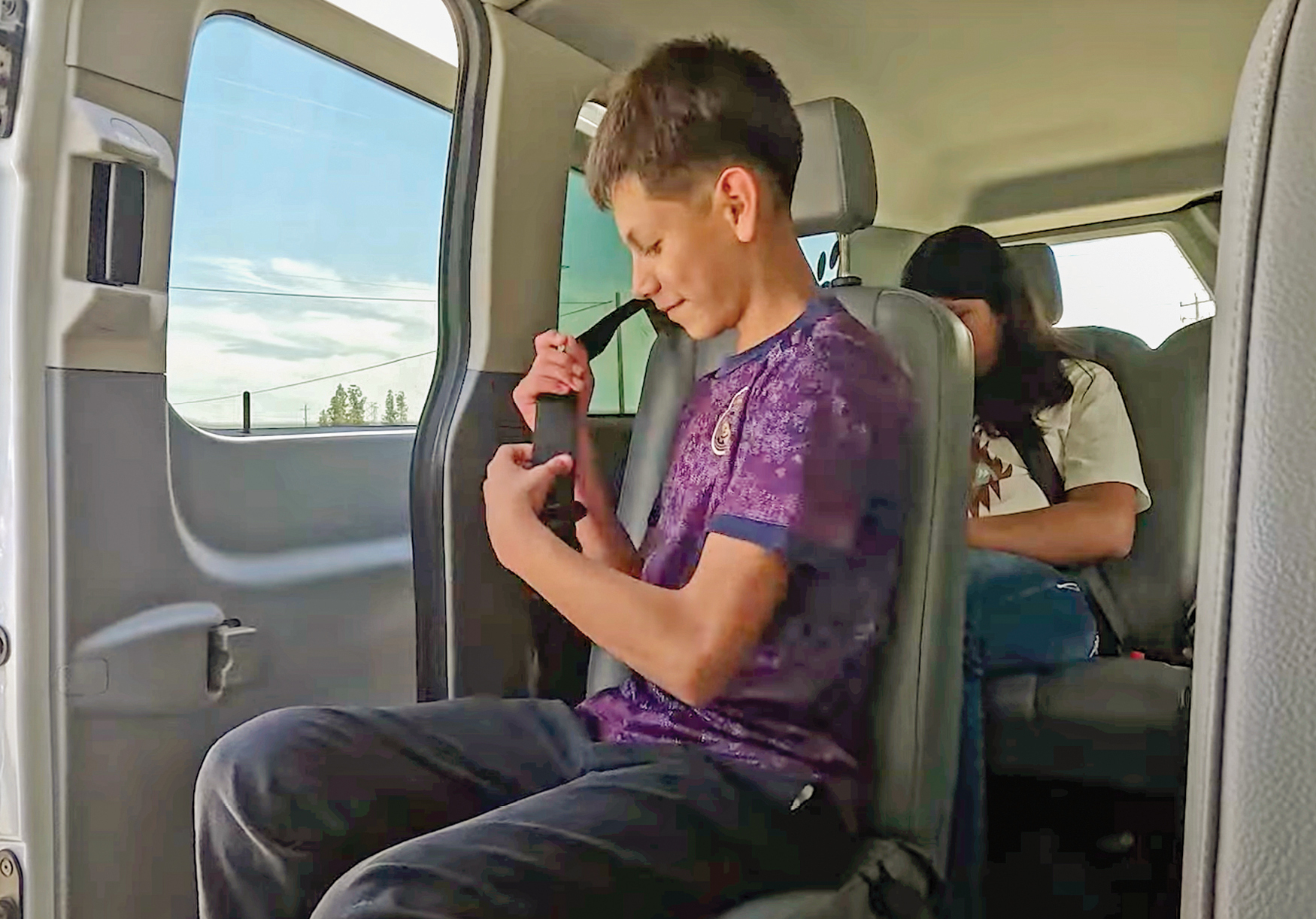Stemming Chronic Absenteeism the Community Schools Way
October 01, 2024
What’s been learned from a multi-district consortium in rural California about proactive steps and interventions

At Lost Hills Union Elementary District in Lost Hills, Calif., Irma Mealy and Erika Ramírez begin their days as community school coordinators with a particular routine. After greeting students and families at the gate of their rural school, they sit down to examine attendance data.
Lost Hills Union’s official enrollment lists 292 students in kindergarten through 8th grade. The two staffers record who is not present at the start of the day, determine whether the absences are excused and check which students and classes are inching closer to earning a monthly attendance award.
After reviewing the data within the first hour each morning, Mealy and Ramírez reach out to families of students with unexcused absences to understand why they are not in school and to offer direct support to see they make it to class. When transportation is the barrier (e.g., missed bus pickup or family car issues), Mealy or Ramírez offers to pick up students from home using the school’s 12-seat van, with no consequences for the student, whether it’s their first pickup or their 10th.
This Content is Exclusive to Members
AASA Member? Login to Access the Full Resource
Not a Member? Join Now | Learn More About Membership
Community Schooling and Chronic Absenteeism
Community schools recognize that addressing the broader needs of students and their families is essential for student learning and well-being.
To do this, they organize in-school and out-of-school resources to address students’ academic, social, emotional and health needs while actively engaging families and the broader community.
While community schools differ depending on local needs and assets, the Essentials for Community School Transformation, a framework developed through a national collaboration called Community Schools Forward, suggests that high-quality community schools share certain features: the integration of student supports, expanded learning opportunities, increased attention to family and community engagement, and a culture of belonging, safety and care, among others.
Community school coordinators and other specialized personnel are also central figures in community schools who support and/or manage the integration of these school features.
Research has demonstrated the positive impact of community schools on student outcomes, including academic performance, higher attendance rates and social and emotional health. These successes have fueled the expansion of the community school model across the country.
Practical Resources
To learn more about community schools, the authors suggest these informational resources on the supporting research, implementation strategies and financing.
Research:
The Learning Policy Institute published “Community Schools as an Effective School Improvement Strategy: A Review of the Evidence” and “Creating the Conditions for Kids to Learn: A Case Study of Oakland’s Full-Service Community Schools Initiative."
RAND Corporation published “Developing Community Schools at Scale: Implementation of the New York City Community Schools Initiative” and “Illustrating the Promise of Community Schools: An Assessment of the Impact of the New York City Community School Initiative."
Implementation:
The Community Schools Forward taskforce published “Framework: Essentials for Community School Transformation"
Brookings produced “Community Schools Can Help Superintendents Transform Education: Community Schools Leader Insights”
Communities In Schools offers resources on partnership opportunities through integrated student supports
National Center for Community Schools produced “Building Community Schools: A Guide for Action”
Finance Strategies:
Child Trends produced “District Leaders’ Strategies for Funding and Implementing Community Schools”
Partnership for the Future of Learning produced “Community Schools Playbook” and “Financing Community Schools: A Framework for Growth and Sustainability”
Advertisement
Advertisement
Advertisement
Advertisement


